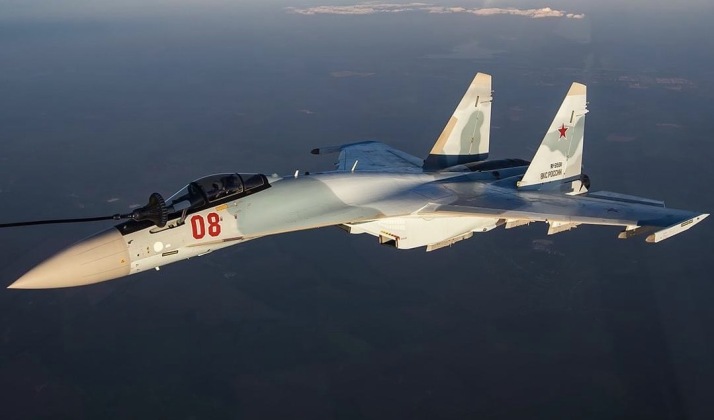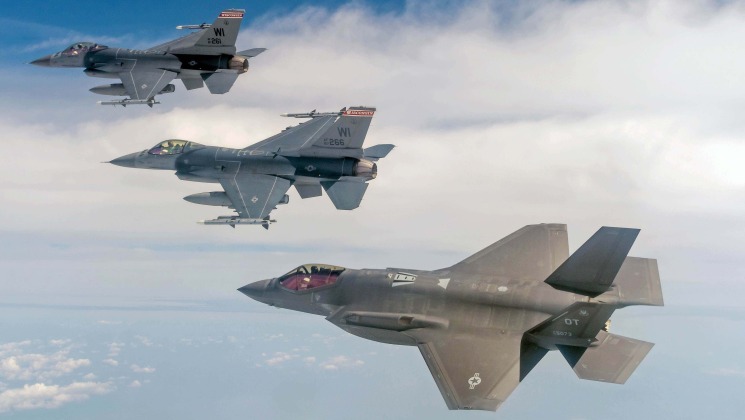Following its eviction from the F-35 fighter program the future of the Turkish Air Force has long been in question, with the country holding talks with Russia to acquire Su-35 jets and having shown a strong interest in the newer Su-57. Turkey’s ability or willingness to integrate modern Russian fighters, however, has long been in question, with the bulk of the Air Force’s officer corps having been arrested in 2016 following a failed coup attempt, the Su-35 lacking compatibly with allied NATO assets, and with Ankara still aligning itself closely with NATO and Western geopolitical objectives. Even without the possibility that evicting Turkey from the F-35 program would lead it to acquire Russian aircraft and provide much needed funding to the Russian defence sector, the loss of Turkey to the F-35 program was still seen as a blow to U.S. interests with the country having planned to acquire over 100 fighters facilitating a larger production run and greater export revenues. Recent reports, however, indicate that Turkey may divert funds intended for the F-35 program into an area of the U.S. defence sector where they are more urgently needed – namely the F-16 fighter program.

Turkish presidential spokesman Ibrahim Kalyn, while protesting that the country’s exclusion from the F-35 program was “completely illegal and unfair,” highlighted: “Our first choice is to buy the F-35, and this is our right. If the crisis with the United States is overcome, Turkey will re-enter the program and we will receive our F-35s. If the problem is not solved, we will continue to search for alternatives. The expansion of the existing fleet of F-16s and their modernisation can be considered an alternative. Depending on the conditions, a final decision will be made based on our needs.” The first funds for new F-16s could be the $1.4 billion that Turkey already paid for undelivered F-35s, which could finance around a dozen of the new F-16 Block 70 fighters equipped with modern AESA radars and compatible with new AIM-120D missiles. The F-16 program has notably struggled to find new clients, with Taiwan placing the only major recent order for 66 fighters in 2019 in a contract valued at over $8 billion.

With the U.S. seeking to keep its F-16 production lines open for longer, Turkish funding of further production batches could be valued more than funding for the F-35 – which has yet to be approved for full scale production and already has a long backlog of orders from across the world. The F-16 is the oldest fighter still in production in the world today other than its heaver counterpart the F-15, and having first entered service over 43 years ago is increasingly considered obsolete against high end adversaries. The fighter would still leave Turkey’s fleet at a considerable qualitative disadvantage compared to high end rivals in the region such as Saudi Arabia, Egypt or Russia, but would provide a significant improvement over the older F-16s currently in service particularly due to the potency of the AIM-120D missile. Turkey is currently the largest foreign operator of the F-16, having produced the aircraft under licence domestically in considerable numbers, and has the maintenance infrastructure in place to easily integrate new aircraft.
